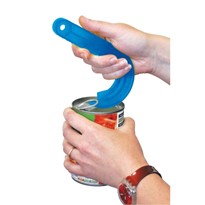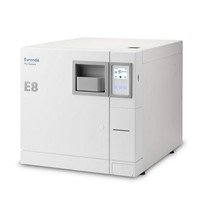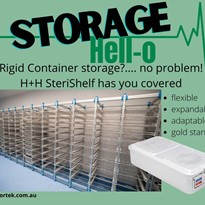How Autoclave Sterilisation Works
Before we try and understand what can or cannot survive autoclave sterilisation, it is important to understand the process of autoclaving and why it is so effective.
Autoclaves make use of steam that is set to high levels of heat and pressure throughout a set period of time.
They heat up objects above boiling point and create a low-pressure environment.
By doing this, they are able to kill various types of bacteria, germs, and spores that cannot be killed with powerful detergents and boiling water.
So, why steam? Well, steam is known to be a powerful agent in killing harmful microorganisms.
Moist heat is known to be a better agent in transferring heat in comparison to dry heat, which makes the sterilisation process much more effective.
To put things into perspective, try to think of a pressure cooker.
Just like a pressure cooker, an autoclave is a pressure chamber device that conducts sterilisation processes in a contained and controlled environment.
Is There A Limit To What Autoclaves Can Kill?
The short answer: no. Autoclaves are capable of killing all types of microorganisms such as bacteria, viruses, and even spores, which are known to survive at high temperatures and can only be killed at temperatures around 130°C.
The advantage of autoclaves is that you can freely control the heat and pressure level in order to thoroughly sanitise an instrument and ensure that it is free of all harmful microorganisms, especially those that cannot be killed through ordinary methods.
This is why autoclaves are widely used especially in the medical field in lieu of, say, a microwave.
They are able to evenly distribute high power energy to eliminate different types of contaminants.
Though there are some studies that are investigating if there are types of bacteria that cannot be autoclaved, so far there is no known pathogen (an infectious agent), that cannot be killed by an autoclave.

How Long Will Items Remain Sterile?
Though autoclaves can kill any type of microorganisms, maintenance is an important factor to remember.
Maintenance will ensure that your freshly autoclaved instrument will not be contaminated again with harmful and infectious agents.
After you’ve autoclaved your instruments, it is important to make sure they are stored away and kept properly.
When packaging them, make sure the packaging does not have any structural defects such as holes, scratches, or openings, as this can make the instrument susceptible to contamination.
It is also important to be mindful of the expiry dates of packaging. Some packaging indicates when they must be replaced and how long their shelf life is.
Usually, they last for a year before they can be changed again.
Maintaining optimal storage conditions are important so that your freshly autoclaved instrument does not get contaminated again.
However, it is also important to be mindful of transportation conditions and frequency of handling.
Make sure that the environment of the instrument, once it is contained, does not jeopardise the sanitation of the instrument.
By taking care of instruments after they are autoclaved, you ensure that no harmful microorganisms can take over.
Summary
There is no doubt that autoclaves are recognised as one of the most efficient and reliable means to thoroughly sanitise any instrument.
The utilisation of steam, or moist heat, creates more heat and energy that can be easily transferred across an object.
This method heats up the object above boiling point which can kill stubborn microorganisms such as spores that cannot be killed with just regular boiling water.
Because of this, autoclaves are capable of killing any microorganism. As of today, there are no known microorganisms that can survive autoclaving.
However, after autoclaving, it is important to properly store your instruments so that they do not become exposed to microorganisms. After all, it was just sterilised!
Ensure that the instrument is contained in a clean environment and that its storage conditions protect it from harmful agents in the environment.


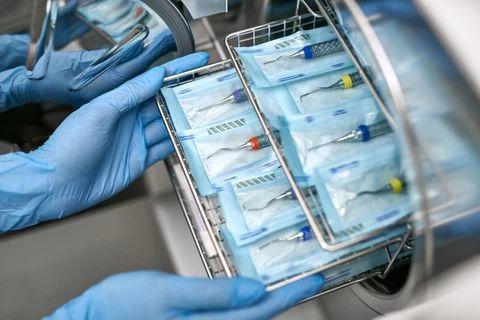




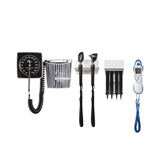
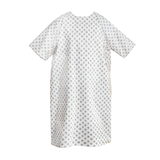
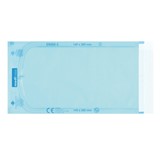
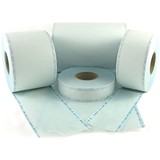
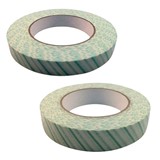

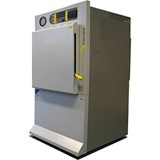
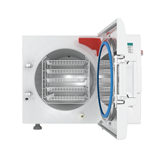
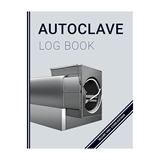


-205x205.jpg)
-205x205.jpg)
-205x205.jpg)

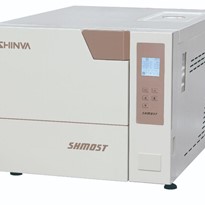

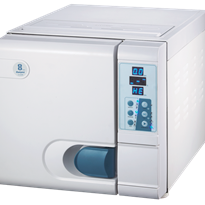
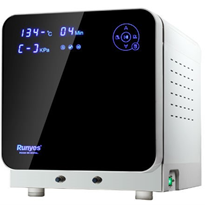
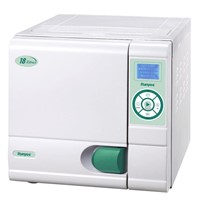
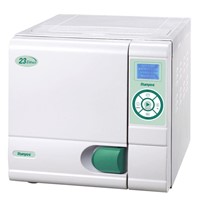
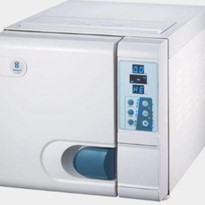
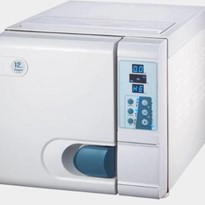
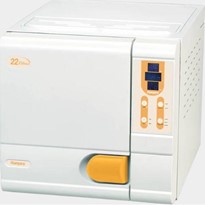
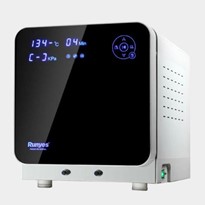
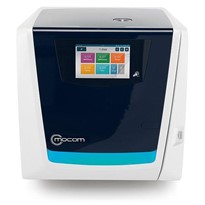
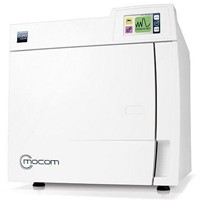
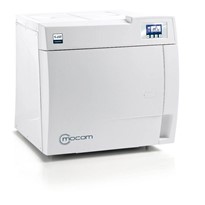
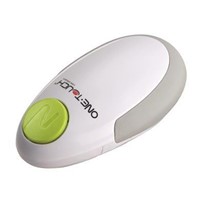



-205x205.jpg)

